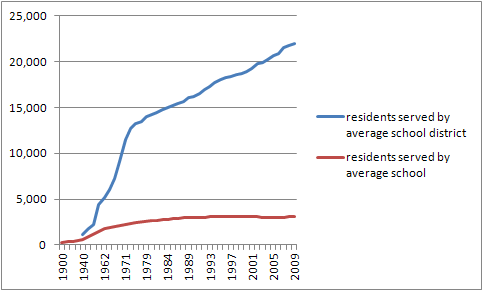In the current Journal of Public Deliberation (which, by the way, is a free, open-access, peer-reviewed publication), Caroline W. Lee has an article entitled, “Five Assumptions Academics Make About Public Deliberation, And Why They Deserve Rethinking.”
Her first major contribution is to see that public deliberation is not just a philosophy or a set of practices; it is a bunch of people and organizations whose actors “interact with knowledge of one another under a set of common understandings about the purposes of the field, the relationships in the field (including who has power and why), and the field’s rules” (quoting Fligstein and McAdam). If you have been to as many “D&D” (dialogue and deliberation) meetings as I have, you know that this is true, and you will recognize some of Lee’s anonymous informants:
The professional consultant from California, the non-profit executive from Connecticut, the minister from Texas, the rural development expert from North Dakota, the academic from Colorado, the foundation executive from New York City, the think tank staffer from DC, the therapist from Virginia, the EEO officer from Nevada, the deliberation organization staffer from Ohio …
Her empirical analysis of these people and their relationships challenges many common assumptions about the field.
To begin, “much of the activity in the field is driven by elite actors—a fact that practitioners readily acknowledge.” (She cites me as one source.) Although some of the leaders in the field emerged from participatory democracy in the 1960s and retain left-of-center political views, they are more heterogeneous than that:
Deliberation draws on many fields, including alternative dispute resolution in legal systems, workplace participation reforms in private companies, psychological counseling and therapy, personal recovery movements, and New Age and New Thought religious practices …
Relatedly, issues of equity and diversity only concern some in this field. To be sure, sessions on equality and diversity draw overflow crowds, but that can obscure the fact that many other participants in the “D&D” field are actually quite uncomfortable with these topics. As one leader wrote, “Topics like ‘race’ and ‘gender’ by themselves create an exclusive, divisive, and even demeaning frame. (Do people really want to be defined genetically rather than by their choices?)” The most sympathetic interpretation would be that issues of identity and equality are hotly debated within the deliberation field, but I fear that what really happens is division into separate conversations: the passionate proponents are in one room, the quiet critics in another.
Turning to the methods that D&D practitioners employ, Lee finds, “despite the apparent heterogeneity …, many methods involve routine combinations of a limited palette of practices. The heterogeneous engagement techniques described by Girard and Stark (2007) are in fact standard elements of deliberation practitioners’ toolkits.” She is insightful about common elements that might be overlooked, such as a tendency to use “Appreciative Inquiry” or something very much like “its explicitly positive and opportunity-focused philosophy.”
Just as the various methods are more similar than they might at first appear, they also have much in common with widespread practices used in corporations and government. Practitioners of D&D reported that they had also participated in such approaches as “Stanford T-group training,” “IBM Jam,” “Plowshares,” “Encounter Programs,” “federal mediation training, “Transactional Analysis training,” “AT&T University,” “Quality Circle,” “Community Dispute Resolution Training,” “activist trainings,” “advanced facilitation for Covey 7 Habits of Highly Effective People,” “Gestalt Intervener Certificate,” and “Environmental Stakeholder dialogue.” One claimed “extensive in-house government and corporate facilitator training.”
Not only are techniques similar in grassroots community settings and in corporate offices, but companies employ many of the experts on deliberation. “Private clients represent a small, but important—and unusually remunerative—part of practitioners’ client base. At conferences, many practitioners report that work with private clients is typically easier than dealing with the thicket of agencies involved in public sector processes, and can expose deliberative principles to greater numbers of stakeholders.”
This finding is not necessarily a critique. Working in the corporate sector can be smart and beneficial. But it deserves critical scrutiny since, as Lee notes, “There is a substantial literature starting with Habermas (1989) documenting general trends in incursions of private enterprise into the public sphere and their negative consequences on democratic politics and deliberative possibilities.”
Overall, the paper sets a hugely valuable agenda for research aimed not at understanding how deliberation affects participants or communities, but what it is as a field of practice–including its composition, the dominant incentives and power structures, and potential for change.
